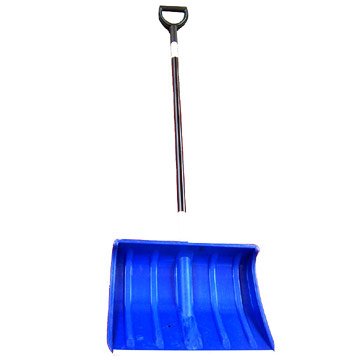
Natural gas is a clean, efficient, reliable, and safe fuel used in a wide variety of comrcial and industrial operations for heating, cooling, cooking, and processing. As with any flammable substance, however, natural gas can be hazardous if treated improperly. By following a few simple guidelines, you can help to ensure that your facility and employees are safe while working in and around natural gas equipment and appliances.
What is Natural Gas?
Natural gas is methane, a substance formed deep below the earth's surface. Natural gas is odorless, colorless, and non-toxic. When used properly, natural gas is a safe, clean, and reliable source of energy. Natural gas can be used to heat and cool your business, cook food, provide hot water, and is the fuel choice for industry.
Natural Gas Safety Tips
- Make sure that all natural gas equipment and appliances are inspected by qualified personnel at least once per year.
- Keep all combustible material (chemicals, papers, boxes, solvents, etc.) at a safe distance from natural gas equipment and appliances.
- Follow all manufacturers' recommendations related to cleaning and maintenance for all natural gas equipment and appliances.
- Make sure that all areas of your facility are adequately vented, and that all pipes and flues are in good condition.
- Install carbon monoxide detectors in all areas of your facility.
- Never hang tools or other devices on gas pipes and meters.
- Check pilot lights on natural gas appliances, and make sure that they are burning mostly blue. Appliances with yellow-burning flames should be serviced by a qualified professional immediately.
Dealing with Natural Gas Emergencies
Knowing how to recognize and properly react to potential natural gas emergencies can help to ensure the safety of you and your employees, and minimize any damage to your facility.
Natural gas is colorless and odorless. In order to make it easier to detect, a chemical called mercaptan that smells like rotten eggs is added. This distinct odor may indicate a gas leak in the vicinity. Other signs include a hissing sound, or dirt or dust blowing from a hole in the ground.
If You Suspect a Natural Gas Leak…
- Vacate the building immediately and contact your local gas utility representative.
- Do not attempt to locate the source of the leak yourself.
- Do not use any electrical devices, such as light switches, appliances, telephones, or even door openers. They could ignite a spark and cause a fire or explosion.
- Don't use matches or lighters in the area.
- Do not start any vehicles in the area, and do not try to shut off any gas valves or equipment.
- Do not reenter your building until it has been inspected and cleared by a natural gas utility representative.
 The village was honored by the Save Abandoned Babies Foundation for being one of the first 100 communities in the state to be in compliance with the recently passed state law where an unwanted infant can be relinquished to personnel at any fire station, police station, or hospital with no questions asked.
The village was honored by the Save Abandoned Babies Foundation for being one of the first 100 communities in the state to be in compliance with the recently passed state law where an unwanted infant can be relinquished to personnel at any fire station, police station, or hospital with no questions asked.






